Nvidia GeForce RTX 2080 Ti and RTX 2080 Founders Edition Reviews
September 19, 2018 | 14:00
Companies: #nvidia
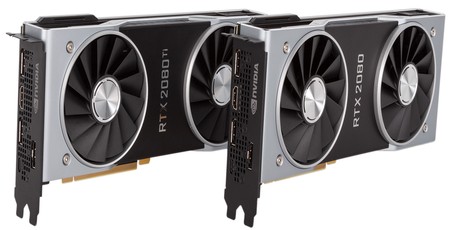
Conclusion
The Turing story is really only just getting started, and how it develops and eventually goes down in history will depend on levels of consumer response, developer support of the new features, and how well Nvidia can market it and convince gamers that Hybrid Rendering is the future. With the addition of fixed-function hardware for integer operations, ray tracing, and deep learning-based work, Turing is playing an all new game – and it’s playing it by itself. As such, if Nvidia can convince the gaming industry collectively to move towards Hybrid Rendering, it will have given itself a strong headstart. At this stage, it’s simply unknown how AMD and Intel will fit in with what Nvidia has kicked off here.
Our take is that real-time ray tracing is a pretty safe bet in video game development. There’s no doubt that moving towards this will benefit games in the pursuit of photorealistic imagery, and the fact that it has been added to DirectX and is coming to Vulkan is indicative of where things are heading. Turing isn’t a magic switch that makes full ray tracing possible, but it is a clear and decisive step forward here and will make available extra visual fidelity via a combination of ray tracing and traditional rasterisation to developers that want to use it.
With regards to DLSS and AI processing in general, Nvidia has more work to do here, but the fact that the current list of confirmed DLSS games is more than double the list of those with confirmed RTX support indicates that it’s easier to implement, and the initial outing in Final Fantasy is clearly promising if not conclusive (the impact of the higher quality DLSS 2x remains unknown, for instance). AI operations can be applied to games in other ways, but for now the focus is on DLSS, as any game that chooses to use it will be keeping those Tensor Cores busy enough.
The trouble for Nvidia right now is that there’s still a lot of speculation in the above statements. We don’t actually know how DLSS will look and perform in a wider variety of games, and we’ve little clue as to how RTX will impact frame rates either. On the latter point, it’s easy to be cynical about Nvidia’s choice: Why allow the story to be about how RTX eats into performance when you can simply show a bunch of pretty demos, talk about RTX-OPS and questionable comparisons to non-RTX-accelerated hardware, and let the pre-orders roll in? It’s not an invalid line of questioning, but we’ve little sympathy for anyone who pre-orders untested hardware. There’s also a chicken and egg situation at play here; developers are going to want to see hardware commitments before taking the time to implement ray tracing, but we do wonder if Nvidia couldn’t have waited at least until DXR was out and shown off one or two ray tracing launch titles – it’s not as if it’s been under competitive pressure to release Turing.
While it’s certainly good and useful to show performance in “classic” workloads since that’s what’s relevant to the vast majority of games, the performance of Turing in a true, in-game Hybrid Rendering workload remains unknown.
That’s not a trivial point either. The cost of the new cores is very clear in Nvidia’s pricing: The RTX 2080 FE offers GTX 1080 Ti performance but is more expensive at £750 versus £620 for entry-level GTX 1080 Tis, although the latter does span a wide price range up to and including £750. Meanwhile, at £1,100 the RTX 2080 Ti is 77 percent more expensive than the GTX 1080 Ti can cost despite “only” a 25 percent lead in performance. While the premium market is not about offering exceptional price-performance, there’s a real need for larger measurable differences to emerge between old and new parts – something that only time will tell.
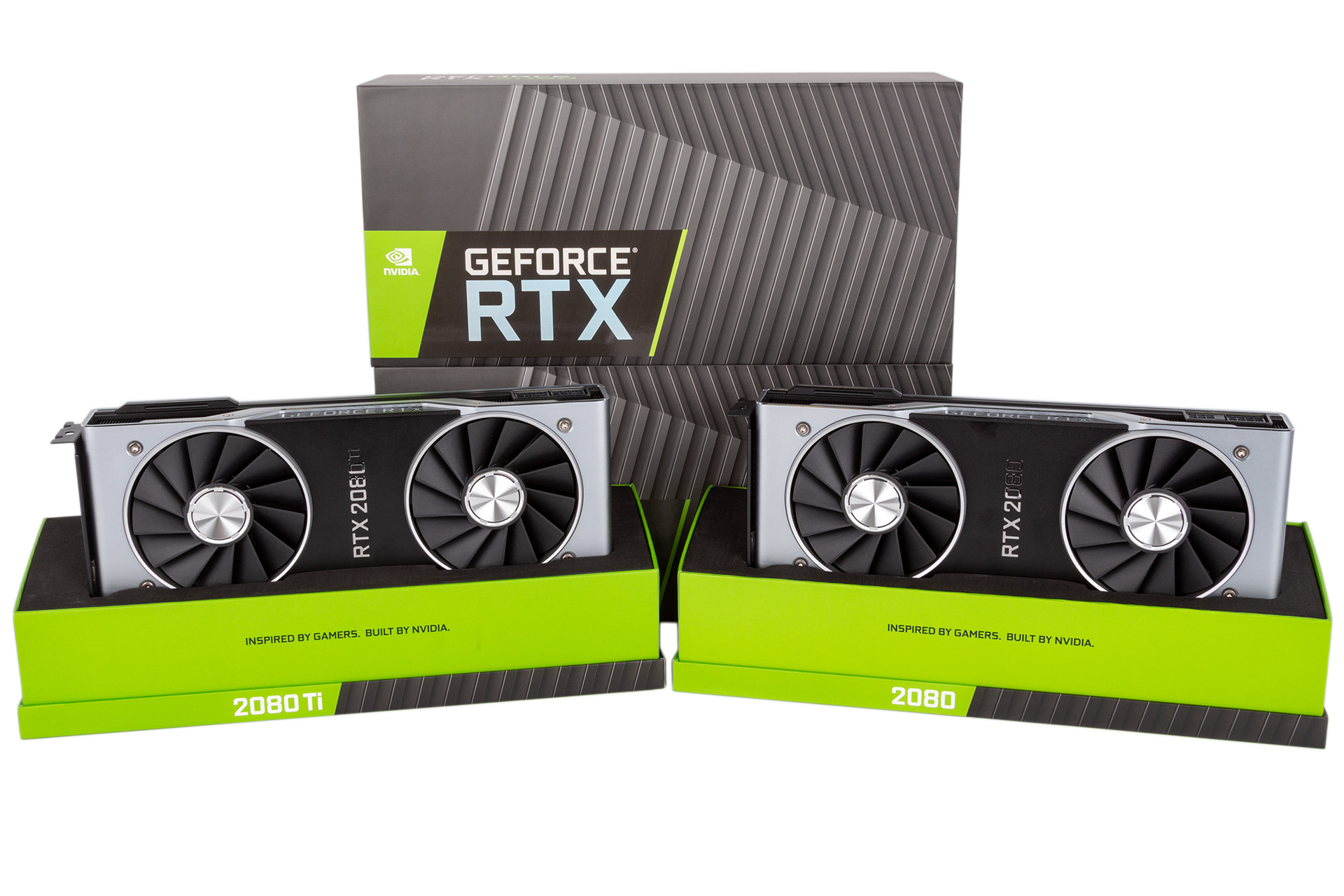
Something that’s not up for debate, at least, is how awesome the new Founders Edition design is. We feel like Nvidia has truly made the most of what the dual-slot form factor offers without going crazy on length or height – leave that to the board partners. The auto-overclocking Scanner is also a truly useful feature, and we like the inclusion of VirtualLink as well. And while efficiency and overclocking aren’t headlines for Turing’s debut, it equally doesn’t fall down on either front.
Final Word – GeForce RTX 2080 Founders Edition
The RTX 2080 is the harder card to assess until more data arrives. Sitting one price tier above the GTX 1080 Ti but offering no real performance gains in classic workloads, the jury is still out on whether paying extra for the new features will be worth it or whether you should opt for a premium GTX 1080 Ti model and leave ray tracing and DLSS to the more capable RTX 2080 Ti. Both are valid moves, but for now it’s not an unequivocal recommendation while the GTX 1080 Ti remains in stock.
Final Word – GeForce RTX 2080 Ti Founders Edition
With its unassailable lead on performance in the GPU market, the RTX 2080 Ti Founders Edition is, although extremely expensive, seriously desirable. It makes full detail 4K gaming a reality, and the potential of its RT Cores and Tensor Cores is exciting and the sort of thing early adopters will love to brag about. It’s the perfect candidate for our Extreme award, therefore.


MSI MPG Velox 100R Chassis Review
October 14 2021 | 15:04

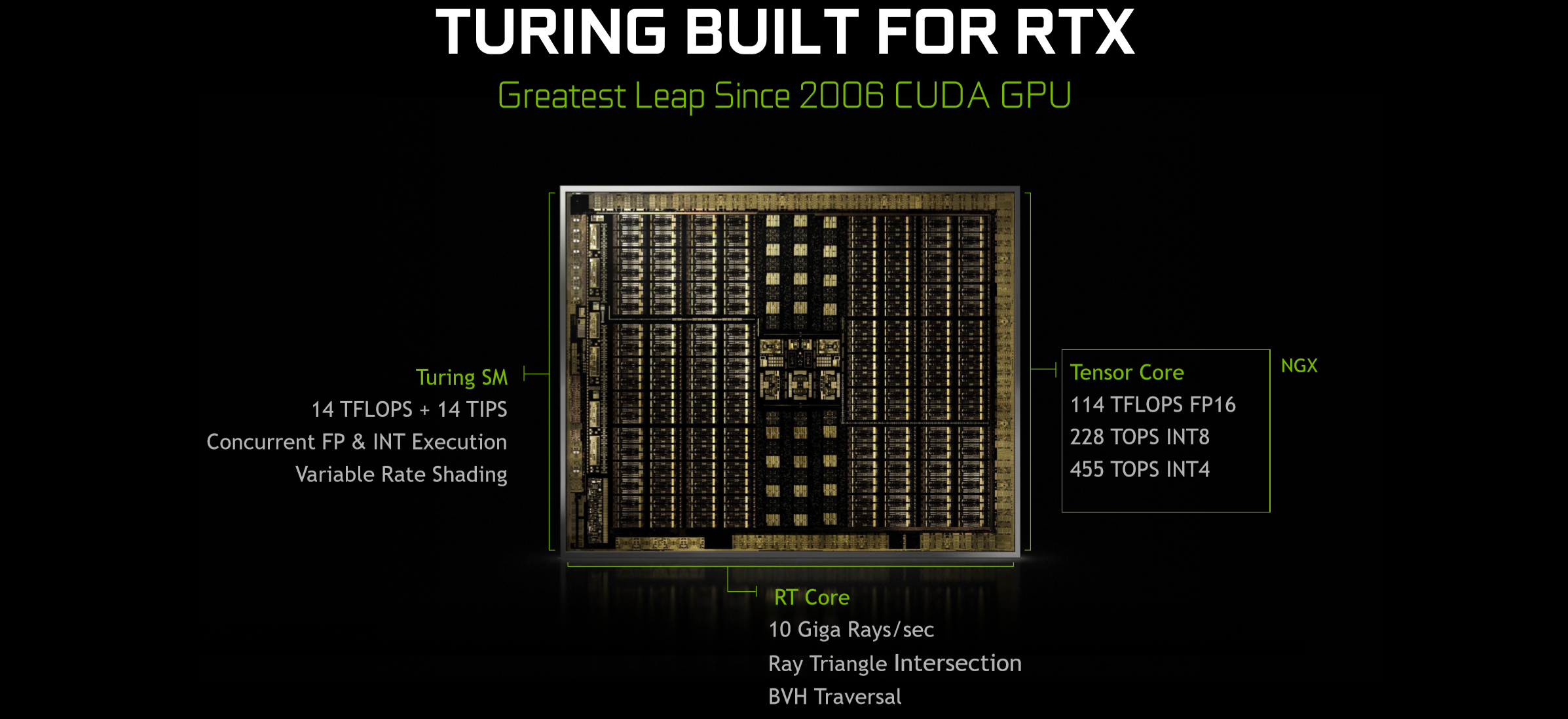

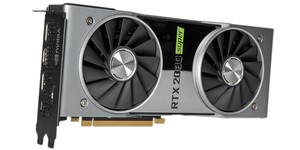
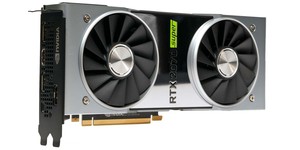




Want to comment? Please log in.